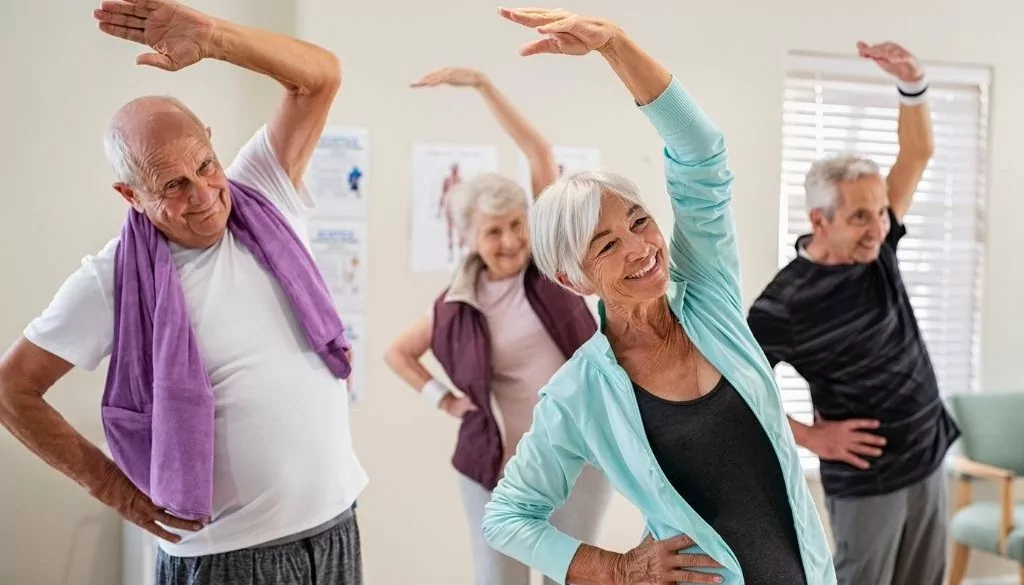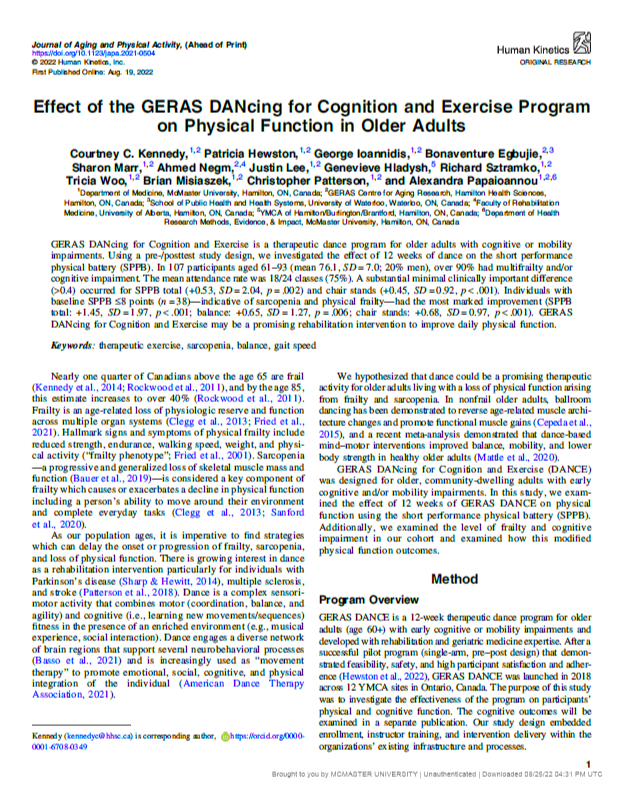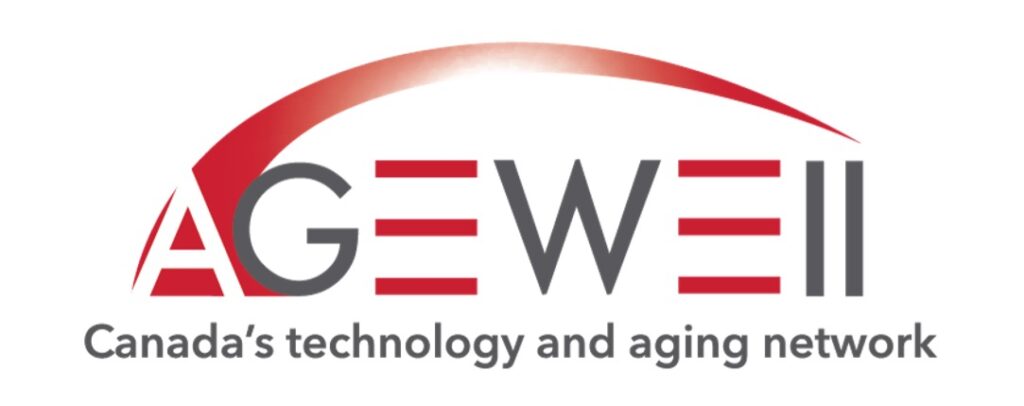Related Research
Learn more about our studies
Overview: Nearly one-quarter of Canadians above the age 65 are frail and by the age 85, this estimate increases to over 40%. Hallmark signs and symptoms of physical frailty include reduced strength, endurance, walking speed, weight, and physical activity (“frailty phenotype”. Sarcopenia —a progressive and generalized loss of skeletal muscle mass and function – is considered a key component of frailty which causes or exacerbates a decline in physical function including a person’s ability to move around their environment and complete everyday tasks. We hypothesized that dance could be a promising therapeutic activity for older adults living with a loss of physical function arising from frailty and sarcopenia.

| Study Type: | Observational |
| Participants (N): | 107 |
| Primary Purpose: | New Models of Care; Intervention |
| Methods: | GERAS DANCE is a therapeutic dance program for older adults with cognitive or mobility impairments. Using a pre-/posttest study design, we investigated the effect of 12 weeks of dance on the short performance physical battery (SPPB). |
| Results: | In 107 participants aged 61–93 (mean 76.1, SD = 7.0; 20% men), over 90% had multifrailty and/or cognitive impairment. The mean attendance rate was 18/24 classes (75%). A substantial minimal clinically important difference (>0.4) occurred for SPPB total (+0.53, SD = 2.04, p = .002) and chair stands (+0.45, SD = 0.92, p < .001). Individuals with baseline SPPB ≤8 points (n = 38)—indicative of sarcopenia and physical frailty—had the most marked improvement (SPPB total: +1.45, SD = 1.97, p < .001; balance: +0.65, SD = 1.27, p = .006; chair stands: +0.68, SD = 0.97, p < .001). |
| Conclusion: | GERAS DANCE may be a promising rehabilitation intervention to improve daily physical function. |


